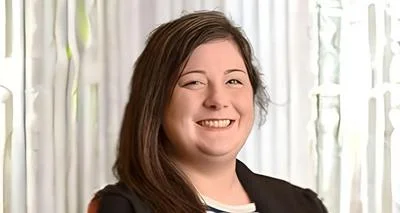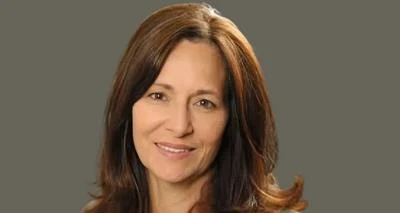State Farm Agent Rigo Valle, center, and team members during a drive-thru mask give-away in Joliet last June. | State Farm Facebook
State Farm Agent Rigo Valle, center, and team members during a drive-thru mask give-away in Joliet last June. | State Farm Facebook
State Farm reported making $3.7 billion in 2020 despite the COVID-19 health crisis by returning to its core mission, a high-ranking company executive said in a recent news release.
"We strive to help more people in more ways," State Farm Senior Vice President, Treasurer and CFO Jon Farney said, NPR Illinois State University reported in late February. "In an unprecedented year like 2020, we focus on our core mission to help people manage the risks of everyday life, recover from the unexpected, and realize their dreams."
That core mission last year included a rollout of the Bloomington-based company's "Good Neighbor Relief Program," in which State Farm paid out approximately $2 billion in policyholder dividends auto insurance customers and provided premium relief for other auto customers in 2020.
"The Good Neighbor Relief Program is a testament of our commitment to our policyholders and communities," he said. "Whether premium relief, dividends to State Farm Mutual auto customers, payment flexibility or philanthropic efforts in the communities we live and work, we're focused on relief and recovery efforts."
The company's net income for the year revealed it ended 2020 in the black, even better than 2019's net of $2.3 billion but significantly less than the $6.5 billion the company cleared in 2018, according to figures previously released for those years.
In 2020, for the second year in a row, State Farm's property and casualty insurance companies grew their auto policies but also reported lower auto lines earned premium, according to the news release. That decrease reflected "a focus on returning value to customers in the form of overall lower premiums," as customers were driving — and claiming — less.
The company also lowered premiums by about 11% nationally, saving customers about $2.2 billion over a six-month policy period.






 Alerts Sign-up
Alerts Sign-up